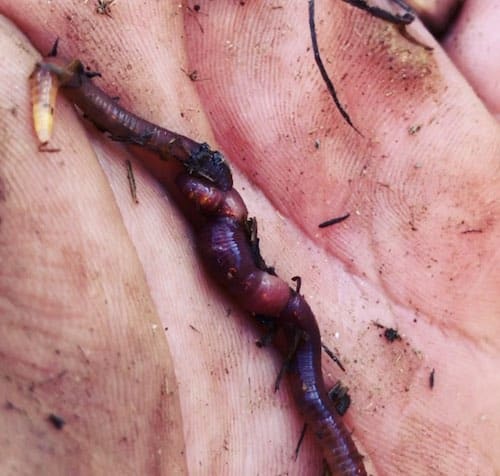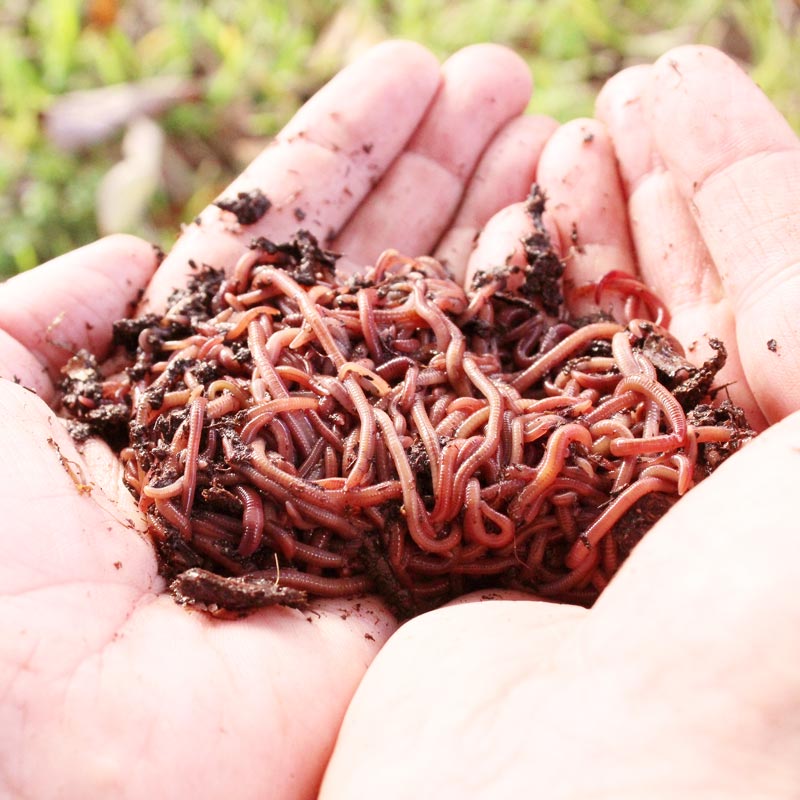Lake Hickory Bait: Your Ultimate Source for Reliable Fishing Gear
Lake Hickory Bait: Your Ultimate Source for Reliable Fishing Gear
Blog Article
Just How Red Wigglers Can Transform Your Composting Experience
The combination of red wigglers right into composting practices uses a transformative approach to squander monitoring and soil enrichment. These microorganisms not only accelerate the disintegration process however also generate nutrient-dense vermicompost that boosts soil health and wellness and fertility. Their flexibility to various environments makes them an appropriate alternative for both novice and skilled composters alike. Comprehending the certain demands and benefits connected with keeping a thriving worm population is essential for maximizing their possibility. What methods can one use to make certain an effective vermicomposting experience?
Advantages of Red Wigglers
Red wigglers, medically called Eisenia fetida, are a keystone of efficient composting systems due to their amazing capability to decay raw material effectively. These worms master changing cooking area scraps, yard waste, and other natural products right into nutrient-rich compost, typically referred to as worm castings. Lake Hickory Bait. This process not only lowers garbage dump waste however also contributes to sustainable horticulture techniques
Among the primary advantages of red wigglers is their high reproduction rate, allowing them to occupy a composting environment promptly. This fast multiplication enhances disintegration rates, leading to faster garden compost manufacturing. In addition, red wigglers thrive in a varied range of problems, making them versatile to various composting setups.

Establishing Up Your Worm Container
(Granite Falls NC Worms For Sale)To create an efficient worm container for composting, cautious attention needs to be offered to its design and atmosphere. A perfect worm container ought to be created of materials that are long lasting yet permit for required air flow, such as plastic or wood. The dimension of the bin can differ, yet a volume of roughly 1 square foot per extra pound of worms is a good starting factor.
Make certain that the bin has drainage holes to stop water accumulation, which can result in anaerobic problems damaging to the worms. In addition, incorporating ventilation holes will assist preserve appropriate moisture degrees and oxygen flow.
Following, it is vital to offer bed linen for the worms, which can include shredded newspaper, cardboard, or coconut coir. This bed linen not only supplies a habitat for the worms but likewise aids in wetness retention.
Setting the worm container in an area that keeps a temperature level series of 55-77 ° F(13-25 ° C) to enhance worm task. Prevent putting the bin in direct sunlight or severe temperatures. By complying with these guidelines, you can produce a favorable environment for red wigglers, boosting the efficiency of your composting procedure.
What to Feed Your Worms

(Granite Falls NC Worms For Sale)Red wigglers especially take pleasure in soft, damp foods like watermelon rinds, cucumber peels, and banana peels. Nonetheless, it is crucial to avoid feeding them citrus fruits, onions, and garlic, as these can be destructive to their health. Additionally, cooked foods, dairy items, and meat ought to be strictly prevented, as they can result in smells and attract bugs.
Supplying a consistent feeding routine will certainly aid maintain your worm population prospering while boosting the overall effectiveness of your composting initiatives. By recognizing what to feed your worms, you lay the groundwork for a successful and lasting composting experience.
Keeping a Healthy Habitat
Producing a growing composting environment for red wigglers requires interest to their environment, as it straight affects their wellness and productivity. The suitable habitat needs to maintain a well balanced dampness degree, usually between 60-70%. Excessive wetness can lead to anaerobic conditions, while insufficient moisture may dehydrate the worms.

The bed linens product in the compost ought address to be diverse and shredded, including materials like cardboard, newspaper, and coconut coir. This not just offers a comfortable atmosphere however likewise acts as a food resource. Lake Hickory Bait. Frequently checking for smells or signs of parasites can assist determine prospective issues before they intensify
Last but not least, keeping a balanced pH degree, ideally in between 6 and 7, makes sure a conducive habitat for red wigglers, fostering their capacity to process raw material properly. By dealing with these variables, you can develop a sustainable and effective composting community.
Harvesting and Making Use Of Compost
Collecting garden compost from a worm bin is a fulfilling process that changes natural waste right into nutrient-rich material for gardens and plants. This can be done utilizing methods such as the "light" technique, where worms are brought in to light and can be scooped away from the leading layers, or by relocating the compost to one side of the bin and adding fresh bedding to the other side, urging the worms to move.
As soon as the worms are removed, the remaining compost can be sorted to get rid of any type of bigger particles or undecomposed material. The last item should have a dark, crumbly texture and a positive natural scent, indicating that it awaits use. This abundant garden compost can be used straight to yard beds, combined right into potting dirt, or utilized as a leading dressing for potted plants. By integrating vermicompost into your gardening practices, you not only enhance dirt fertility yet additionally promote healthy plant growth and sustainable horticulture approaches.
Verdict
Incorporating red wigglers right into composting practices substantially enhances the decay procedure and contributes to the production of nutrient-rich vermicompost. The resulting worm spreadings enhance dirt structure, fertility, and microbial task, inevitably promoting much healthier plant growth.
Report this page